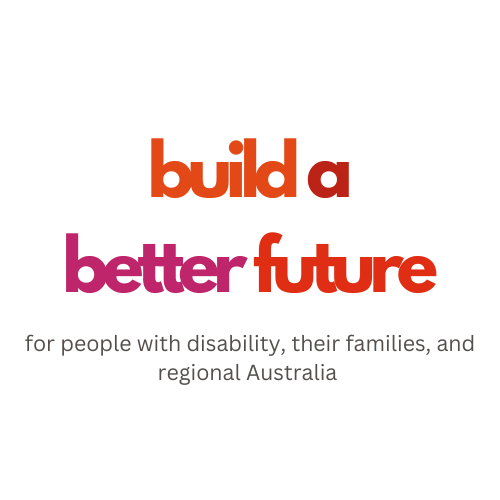The good news is that with supportive infrastructure and capacity building programs, lives can be transformed. Whether its engagement in study, work, or interaction with the community, multiple studies have shown that this type of engagement is great for mental health, physical health, and financial and social independence.
BaBF’s proposed inclusion and community hub includes 10 residential units so people with disability can learn how to live independently, Allied Health consulting and therapeutic rooms, skills development and job placement programs, music and arts rooms for a creative outlet, parks, onsite-offsite car-washing and gardening landscaping businesses run by people with a disability, a commercial kitchen and dining room, a woodworking workshop, a technology centre to improve digital literacy, a school leavers employment program, and multiple life and skills training areas connected to external employment, study, independence, and good health.
For the community, the hub will be in close proximity to the sporting precinct and include a community centre for all to share: from local First Nations groups, to sports clubs, to local business and voluntary organisations.
Who We Are
Build a Better Future (BaBF) is a coalition of families, community groups, and businesses in the Echuca-Moama area campaigning for critical capacity building infrastructure for regional people with a disability, their families, and the broader community.
The need for that infrastructure and support programs is clear. Nearly one-fifth of young people with a disability do not find any employment in the seven years after leaving school, and only 48% of people with a disability aged 15-64 are employed.
For those looking to study, only 34 percent of those with disabilities have completed year 12 compared to 59% for those without a disability, with 17 percent of people with a disability have completed a bachelor’s degree compared to 35% without a disability. For those that do study, 21 percent say they need more support than they receive.
In terms of mental health, 32 percent of people with a disability experience high, or very high levels of psychological distress compared to 8 percent of the population without a disability. In terms of physical health, a lack of engagement and activity can lead to increased cardiovascular disease, obesity and diabetes.
People with a disability in regional settings face the above challenges but with often a skeletal infrastructure and support programs to address them. We’d like that to change.



